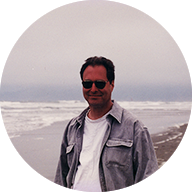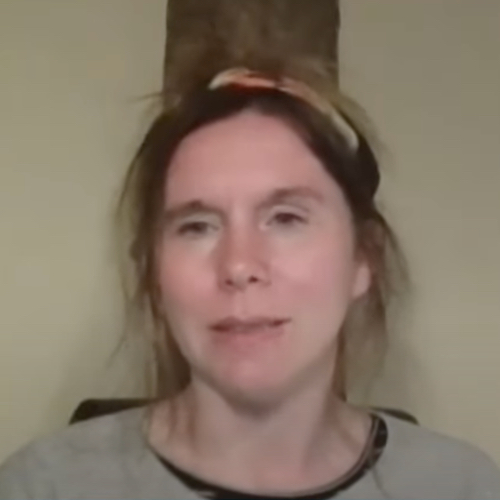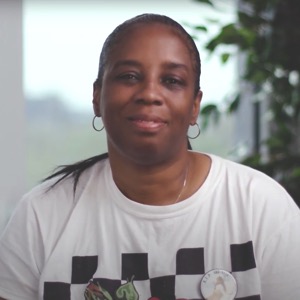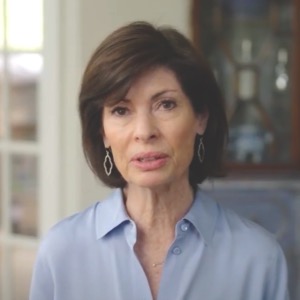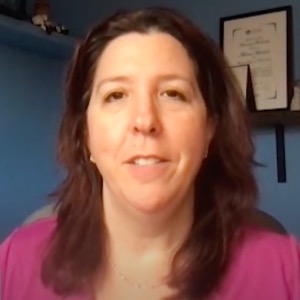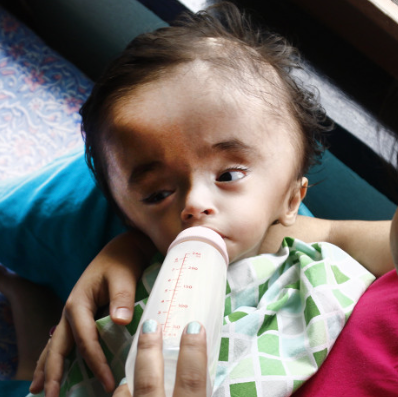In the fall of 2013, my husband Dave Bunoski and I were spending the weekend at our cottage on Maryland’s Eastern Shore. We had purchased the weekend home six months prior and we were in love with our little slice of the pie.
We’d attended a large oyster festival with out of town friends on Saturday. We were excited to share our home with friends that weekend, it was a beautiful day and we had a wonderful time.
On Sunday morning, we woke up to a gloomy, damp morning. We decided to lay low that day, and have some new local friends over for dinner later. I went to the store and when I returned, Dave met me at the door and said: “Don’t get alarmed, but I called an ambulance.” He told me he was having trouble breathing, but he still had the presence of mind to tell me to lock our dog in a back room so he wouldn’t be in the way of the paramedics.
When the paramedics arrived, they took Dave’s vitals, gave him oxygen, and asked him questions about his health history. Dave was able to provide answers, but I could see he was becoming more and more agitated about his breathing. They decided to transport him to the local hospital and he walked to the ambulance with little assistance. I asked if I should join him or drive on my own and he said, no, take the car, we’re going to need it when we come home. Then he headed back to the ambulance. I still have the scene in my head. I was standing on our porch. He stopped again, turned around, and told me he loved me.
Our cottage is located in what is considered a rural area and the closest hospital was 12 miles away. We actually considered the location of the closest hospital when we bought the house and agreed that the town had a strong volunteer fire department and paramedic program. In fact, at the oyster fest the day before, I tipped the volunteer fire department team well at their tent and said: “We’re going to need you some day.” Little did I know that in less than 24 hours that statement would be true.
After the ambulance pulled off, I needed to get the dog, and I asked our neighbors to keep an eye on him for a few hours while we were gone. We were new to this area and had just met these neighbors, who graciously helped us out. By the time I left, I was about 15 minutes behind the ambulance.
When I arrived at the hospital, Dave was not there, nor did they know where he was. I called the fire department and was told that he was diverted and was in another hospital – in another state. Apparently, he stopped breathing on the way to the local hospital. The paramedic attempted to intubate Dave, but instead of placing the tube in his trachea or lungs, it went into his esophagus. They made multiple attempts with the tube and then made the decision to reroute to a tertiary hospital.
By the time I found where they had taken him, two to three hours had gone by. When I arrived, Dave was in a coma and on life-support.
Since I was not with him in the ambulance, I had no idea what had happened and was basing decisions on speculation and quite frankly, hope.
This began the inside the hospital journey.
Due to his condition, Dave was seen by many specialists. He had a cardiologist, neurologist, pulmonologist, and several hospitalists over time. Each focused on their particular specialty, or as I called it, Dave’s “parts” and nobody looked at him as a whole and real person.
The cardiologist would come in and say his heart looks great, followed by the pulmonologist who would tell me his lungs look great. When the neurologist would come in, he would say, too early to know the level of brain injury. I would look at them all and say this is all good news, but he is still in a coma?
I asked all the pointed questions. “How long was he without oxygen?” and “How long could he be without oxygen and still have a quality of life?” After we decided to try to see if Dave could breathe on his own through a tracheotomy, and put in a feeding tube, we had some answers. After several weeks, we learned how long he was without oxygen between the attempts to intubate him in the ambulance. We had access to the report and could piece together a timeline.
Dave was without oxygen for 15 minutes. Had I known that early on, I would never have subjected him to the tracheotomy or the feeding tube. I knew the man he was at the oyster fest that sunny day was gone.
There were several errors that happened across systems that resulted in our loss. We have since learned how difficult intubation can be, in particular while in a moving vehicle. We also know there are evidence-based models that can reduce error in intubation that are not widely utilized.
The coordination and communication across systems and between providers has to be improved. From the transition between our home and the hospital to communications between the providers in the hospital and the paramedics and the providers, it all resulted in poor decisions being made and a lack of family engagement.
Dave had two deaths. The first was in the ambulance. The second was six weeks later. We know the first could have potentially been avoided. If that was not to be the case, we know the other could.

